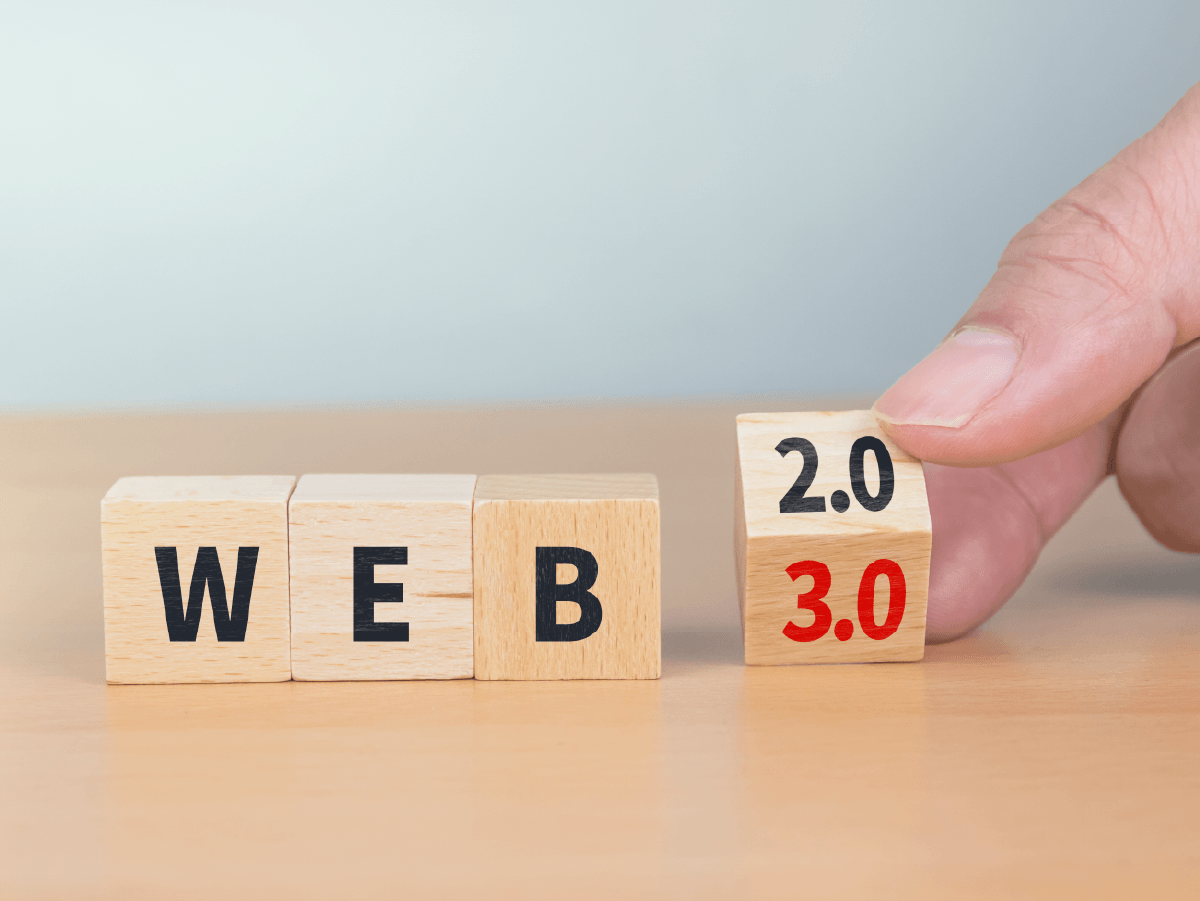
APIs play a crucial role in today’s digital environment, facilitating seamless communication
between applications. However, without proper security measures, APIs can become a
significant vulnerability, leading to severe consequences. Understanding and preventing
common API security mistakes is essential to maintaining robust protection.
1. Weak Authentication and Authorization
One of the frequent mistakes is implementing weak authentication and authorization, leaving
the system open to unauthorized access.
Prevention Tip: Strengthen API security by adopting secure authentication protocols like
OAuth 2.0. Implement strict access control measures and regularly review permissions to
ensure only authorized users can interact with your API.
2. No Data Encryption
Another major security mistake is neglecting to encrypt data, both during transit and at rest.
Without encryption, data can be easily intercepted, compromised and tampered with.
Solution: To bolster security, always use HTTPS for data transmission and keep encryption
protocols, such as TLS 1.3, up to date. Also, ensure that sensitive data is encrypted when
stored to prevent unauthorized access.
3. Poor Error Handling and Logging
Providing overly detailed error messages or logging sensitive data are common mistakes that
can inadvertently expose vulnerabilities.
Mitigation Strategy: To enhance API security, keep error messages generic and avoid
revealing system details. Secure your log files with appropriate access controls and avoid
logging sensitive information such as passwords or personal data.
4. No Rate Limiting
Failing to implement rate limiting is a critical mistake that can lead to denial-of-service
attacks. This leaves your API vulnerable to being overwhelmed by excessive requests.
Defense Approach: Improve API security by setting rate limits on the number of requests a
user can make within a certain timeframe. Monitor API usage patterns closely and adjust
limits as needed to balance security with performance.
5. Not Validating User Input
Neglecting to validate user input is a common and dangerous error. This oversight can result
in vulnerabilities such as SQL injection or cross-site scripting (XSS).
Preventative Measure: Enhance your API security by rigorously validating and sanitizing
all user inputs before processing. Employ secure coding practices and use automated security
tools to identify and fix vulnerabilities.
Conclusion
Ensuring strong API security is critical for protecting your applications and data. By
recognizing and addressing these common security mistakes, developers can significantly
reduce the risk of breaches and maintain a secure API environment. Regular updates and
thorough security audits are key to staying ahead of potential threats and safeguarding your
API against evolving security challenges.





